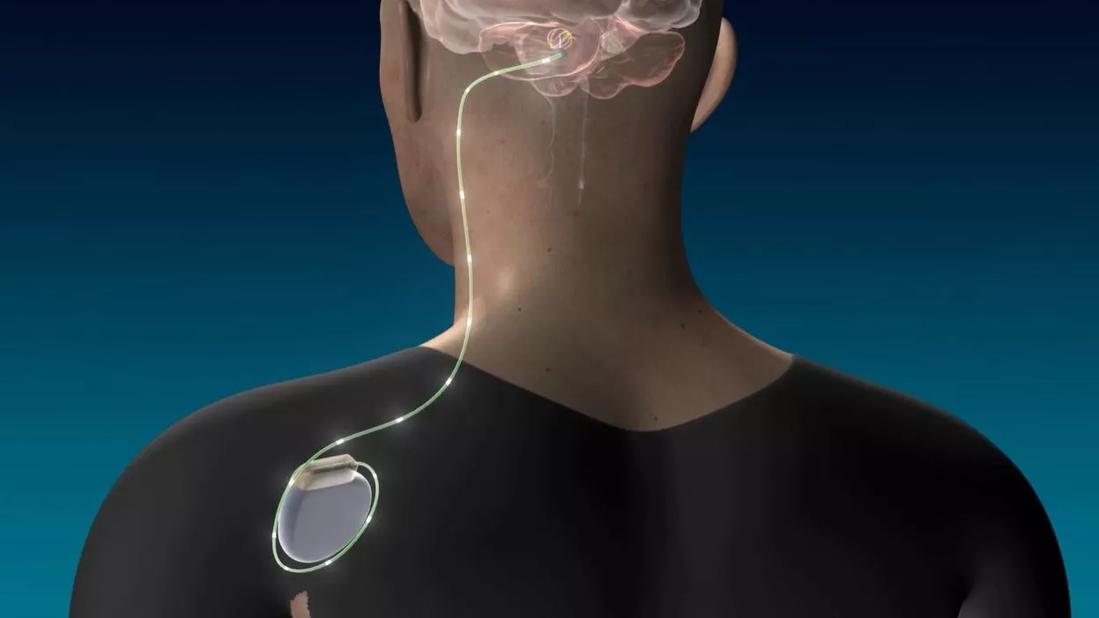Investigator speaks to potential applications beyond stroke

As previously reported on this blog, Cleveland Clinic researchers have launched the first clinical trial to examine the use of deep brain stimulation (DBS) to promote motor function recovery in disabled stroke survivors. The trial, launched in 2016 (a DBS device was implanted in the first patient in December), was awarded nearly $5 million in funding from the NIH’s Brain Research through Advancing Innovative Neurotechnologies (BRAIN) initiative.
Advertisement
Cleveland Clinic is a non-profit academic medical center. Advertising on our site helps support our mission. We do not endorse non-Cleveland Clinic products or services. Policy
The trial’s lead investigator, neurosurgeon Andre Machado, MD, PhD, recently shared some insights on the trial’s clinical implications in this video post. Dr. Machado explains the essentials of the trial, which patients are candidates, and how DBS for stroke recovery differs from neuromodulation for movement disorders.
“Our primary hypothesis is that by applying DBS to the connections between the cerebellum and cerebral cortex, we can facilitate the plasticity that occurs in the cortex around the stroke and thereby promote recovery of function beyond what physical therapy alone can do,” Dr. Machado notes. “We need more and better options to help the many patients who remain chronically disabled after a stroke.”
Now co-investigator Kenneth Baker, PhD, assistant staff in Cleveland Clinic’s Department of Neurosciences, speaks to some of the scientific implications of the study’s attempt to stimulate the brain’s dentatothalamocortical pathway to restore lost motor function. He also explains how Cleveland Clinic’s recent NIH BRAIN grant award is supporting the team’s work.
“We know that deep cerebellar stimulation promotes motor recovery in a preclinical model of cortical stroke,” says Dr. Baker. “Our goal is to advance this therapy to promote recovery of motor function in humans. This has the potential to be a significant advancement for the field.”
Check out his insights in the video below.
Advertisement
Advertisement

Case study of radial-to-axillary nerve transfer for tumor-related deltoid nerve injury

An update on the technology from the busiest Gamma Knife center in the Americas

Real-time adjustments may help reduce bothersome dyskinesias

Anatomical modeling can identify optimal surgical candidates, study suggests

Add AI to the list of tools expected to advance care for pain patients

New guidelines from Brain Trauma Foundation urge early and aggressive treatment

Cleveland Clinic study investigated standard regimen

Despite the condition’s debilitating, electric shock-like pain, treatment options are better than ever